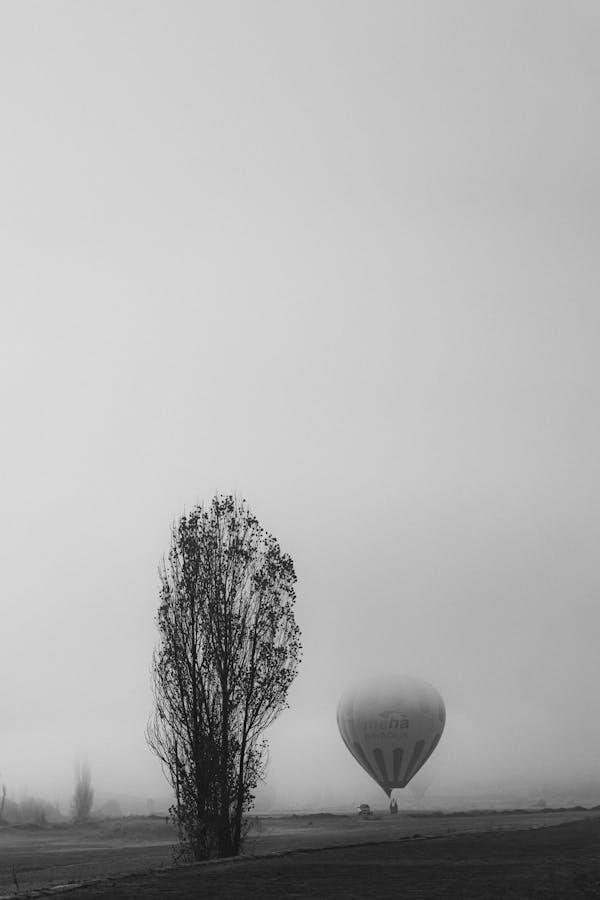Cody resident Hunter Kindt, a senior majoring in mechanical engineering, is one of the students who call themselves the UW Space Cowboys. Hunter and the six other Space Cowboys traveled to Bluffton, Ohio during the recent total solar eclipse to release research balloons.
They launched 32 latex balloons in 31 hours beginning about 24 hours before the event began on April 8th. Two other Wyoming teams successfully launched two video-streaming balloons during the eclipse from another location in Idabel, Oklahoma.
Kindt and his team members equipped their balloons with half-pound weather sensor packages, called radiosondes. The radiosondes measured temperature, humidity, air pressure, wind speed and direction, altitude, latitude and longitude. They were launched from the campus of Bluffton University, a small institution of approximately 1,000 students.
During an eclipse, the moon is situated between the sun and Earth, casting a shadow on Earth and causing sudden darkness along the eclipse path.
“Our team went to Bluffton because it was within the path of totality and also because of a family connection,” says Phil Bergmaier, an assistant research scientist in the UW Department of Physics and Astronomy and high-altitude balloon specialist with the Wyoming NASA Space Grant Consortium, who served as the main team lead for the project. “We were one of about 20 Nationwide Eclipse Ballooning Project (NEBP) teams launching balloons hourly along the eclipse path.”
NEBP operates during both total and annular solar eclipses and has been doing so since 2017. In all, the project supported 53 teams made up of more than 700 students from 75 colleges and universities.
The balloons generally traveled eastward and popped at altitudes of about 110,000 feet above sea level, with one balloon reaching as high as 120,000 feet. After the balloons popped, the radiosondes parachuted back to Earth, most landing in the greater Cleveland area, Bergmaier says.
“Each radiosonde had contact information on them, so folks can let us know when they find them,” he says. “So far, we’ve heard that five of them have been found, including one that landed at an elementary school in Elyria, Ohio
The students have started to analyze the data and presented some preliminary results at the UW Undergraduate Research and Inquiry Day April 20. During the project, the students learned that solar eclipses can sometimes generate atmospheric gravity waves that are similar to ripples that form when throwing a rock into a pond, Bergmaier says.
“Atmospheric gravity waves tend to be generated by disturbances in the air flow, such as mountains, thunderstorms or even volcanic eruptions. Sometimes, they are visible as ripples in the clouds,” he says. “Mountain waves, or lenticular clouds, which we see often in southeast Wyoming and the Colorado Front Range, are types of gravity waves generated by strong winds over mountains when the atmosphere is very stable.
“Solar eclipses are thought to generate gravity waves due to the sudden onset of the moon’s fast-moving shadow, which can induce rapid atmospheric cooling along the eclipse path,” Bergmaier adds. “Methods have been developed to use radiosonde measurements to detect the presence of gravity waves. Whether the April 8 total eclipse generated gravity waves is still yet to be determined.”
The students also learned that solar eclipses affect the lowest part of the atmosphere, known as the planetary boundary layer. On a typical day, the vertical temperature structure and height of the planetary boundary layer are strongly influenced by solar radiation.
On April 8, the team’s weather station, set up at the Bluffton launch site, recorded a drop in temperature of 6.5 degrees Fahrenheit just after totality. This was much greater than the 1-degree Fahrenheit temperature drop its weather station measured during the annular solar eclipse — when just 90 percent of the sun was covered — in Utah during October 2023.
“One of our radiosondes, launched about 15 minutes after totality April 8, showed that this large temperature drop was evident only right near the ground. The air temperature even just 20-30 meters above the ground was much less affected by the eclipse,” Bergmaier explains. “As a result, a temperature inversion — an increase in temperature with height — developed right above the ground for a brief period after totality.”
Temperature inversions like this are common within the planetary boundary layer in the evening and overnight — called nocturnal inversions — when the air close to the ground cools off more quickly than the air above it, he says. So, in many ways, the total solar eclipse imitated an evening sunset, Bergmaier adds.
“Our data, as well as the data from many of the other NEBP teams, will be analyzed for many years by researchers at NASA and other folks involved in NEBP to better understand how solar eclipses affect our atmosphere,” Bergmaier says. “However, our current team of UW students will be concluding their participation in the project at the end of this semester. Nevertheless, NEBP provided each of them with an opportunity to participate in real-world scientific data collection and fieldwork as part of a larger NASA-supported research project.”
For more information about the UW Space Cowboys, go to Facebook and Instagram. For more about NEBP, go to https://science.nasa.gov/sciact-team/nationwide-eclipse-ballooning-project/ or https://eclipse.montana.edu.










